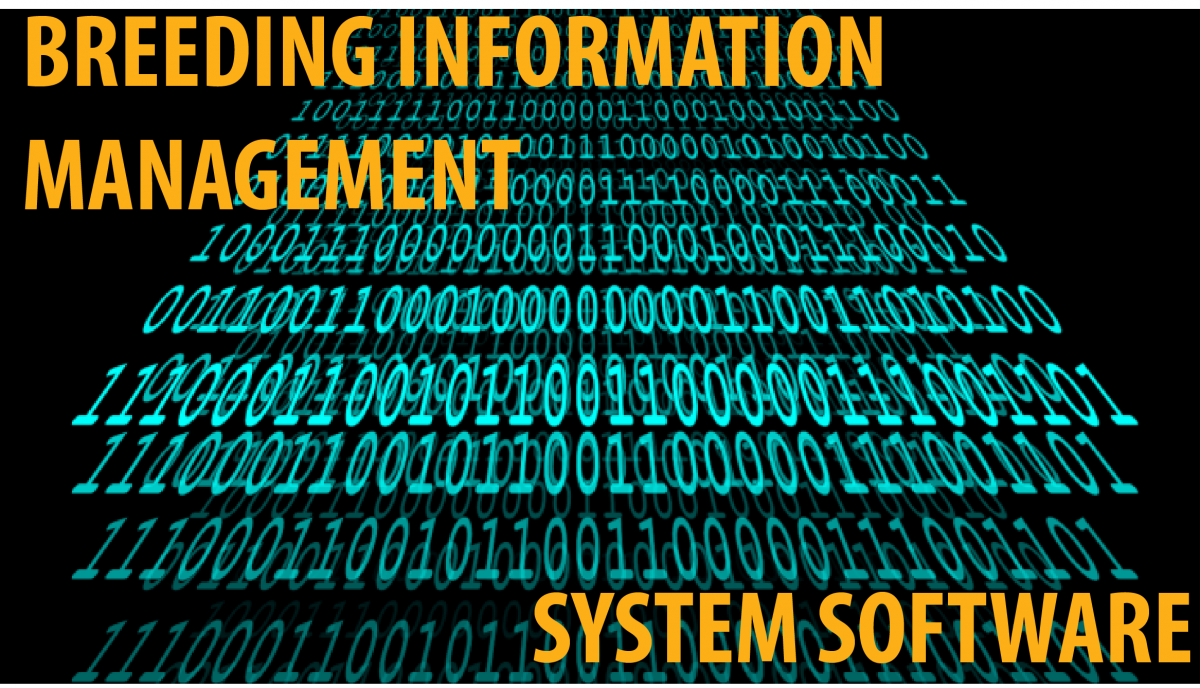
ISSUE: The first step in the development of genetic tests for use in Marker-Assisted Breeding is the discovery of genomic regions influencing traits of interest. The second step is to determine whether these discoveries are relevant for breeding germplasm. In the past, discoveries for rosaceous crops were conducted in dedicated experimental families for which the underlying genetic models were simple and the statistical tools well developed. The discoveries were rarely and inconsistently validated in breeding families, because such families are genetically complicated due to great diversity and unbalanced pedigree structures.
WHAT HAS BEEN DONE: Advanced statistical methods and software tools were developed to help genetic researchers manage and analyze data directly using breeding genepools. The statistical software developed were also adapted to efficiently process the large and unprecedented amount of genetic data available from genome scans. The first applications of these new software tools were performed on RosBREED data.
IMPACT: An efficient pipeline from genetic discovery to breeding application is now available. U.S. rosaceous crop breeders and geneticists can now efficiently analyze thousands of well performing DNA markers across each crop’s entire genome. Finding genomic regions influencing important traits for breeding is now commonplace. Genetic discoveries leading to new genetic tests include:
- Peach: Fruit texture, flesh type, flavor, size, skin color, maturity date, and bacterial spot tolerance
- Apple: Fruit firmness, crispness, juiciness, sweetness, acidity, skin color, bitter pit incidence, and storability
- Sweet cherry: Fruit size, firmness, skin and flesh color, sweetness, acidity, and maturity date
- Tart cherry: Fruit and pit size, cherry skin and flesh color, ability to self-pollinate, and resistance to cherry leaf spot fungus
- Strawberry: Red stele resistance, continuous flowering

ISSUE: Marker-assisted breeding of crops in the Rosaceae family requires massive amounts of data, including:
- measurements of observed characteristics (phenotypes),
- genetic variation in the form of DNA sequences and their variants (genotypes),
- pedigrees connecting breeding germplasm individuals,
- DNA information describing associations between phenotypes and genotypes, and
- DNA information describing what form of each trait-influencing genomic region is carried by each breeding individual.
Managing all these data types and making them accessible to inform breeding and associated research decisions is a daunting task. Online tools that leverage the trillions of data points generated are needed. By performing both simple and complicated calculations and visualizations, users can efficiently and strategically manage the information for genetic improvement of rosaceous crops.
WHAT HAS BEEN DONE: Online, searchable data repositories and associated calculation and visualization tools to assist apple, cherry, peach, and strawberry breeding were developed and made available for public use on the Genome Database for Rosaceae portal (www.rosaceae.org).
IMPACT: U.S. rosaceous crop breeders and allied scientists can now efficiently upload, browse, search, and download genetic data and observed traits of crop varieties for apple, peach, cherry, and strawberry; generate input files to use in breeding pedigree software; visualize all of these data types from any web portal (even on smartphones); receive decision support for identifying efficient crosses and seedling selection schemes; and develop and validate their own genetic tests using the best available genomic knowledge about each crop. These breeding decision-support tools are increasing the efficiency, accuracy, and creativity and capability of breeding programs. These tools are:
- Trait Locus Warehouse – where all known genetic discoveries to date across each crop’s genome are compiled, visualized, and chosen for further consideration.
- Selection Target Identifier – where the most promising genetic discoveries are determined by associating socio-economic values to the trait level increase promised by each “trait locus”.
- Technology Portfolio – where regularly updated details about commercial service providers for genetic testing are made available to all breeding programs.
- Marker Converter – where breeders or supporting researchers use DNA sequences and other genomics data to design new genetic tests for valuable discoveries that are appropriate for a breeder’s genetic testing service provider.
- QTL Validator – where tools reside for characterizing the predictiveness of each new DNA for a specific breeder’s parents and families.
- Cross Assist – where breeders use all available genetic information to determine efficient cross combinations among their parent pool for target performance outcomes in the next generation.
- Seedling Select – where breeders model the costs and logistics of evaluating the genetic potential of thousands of young seedlings to identify when and how much to best integrate available genetic tests to save resources.
